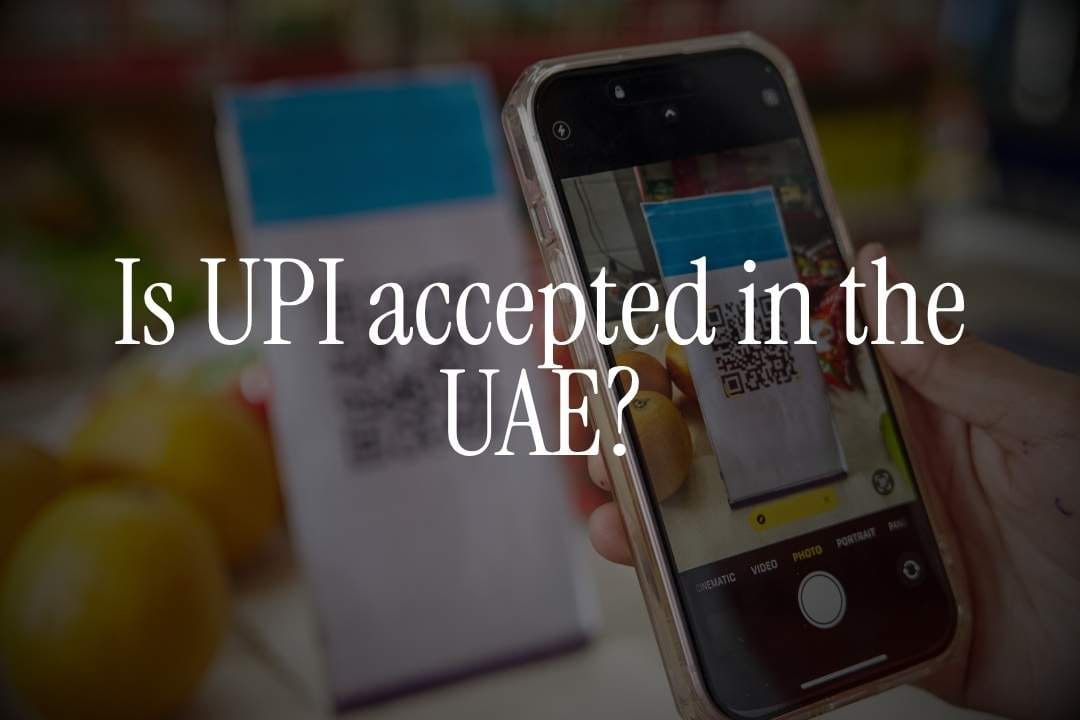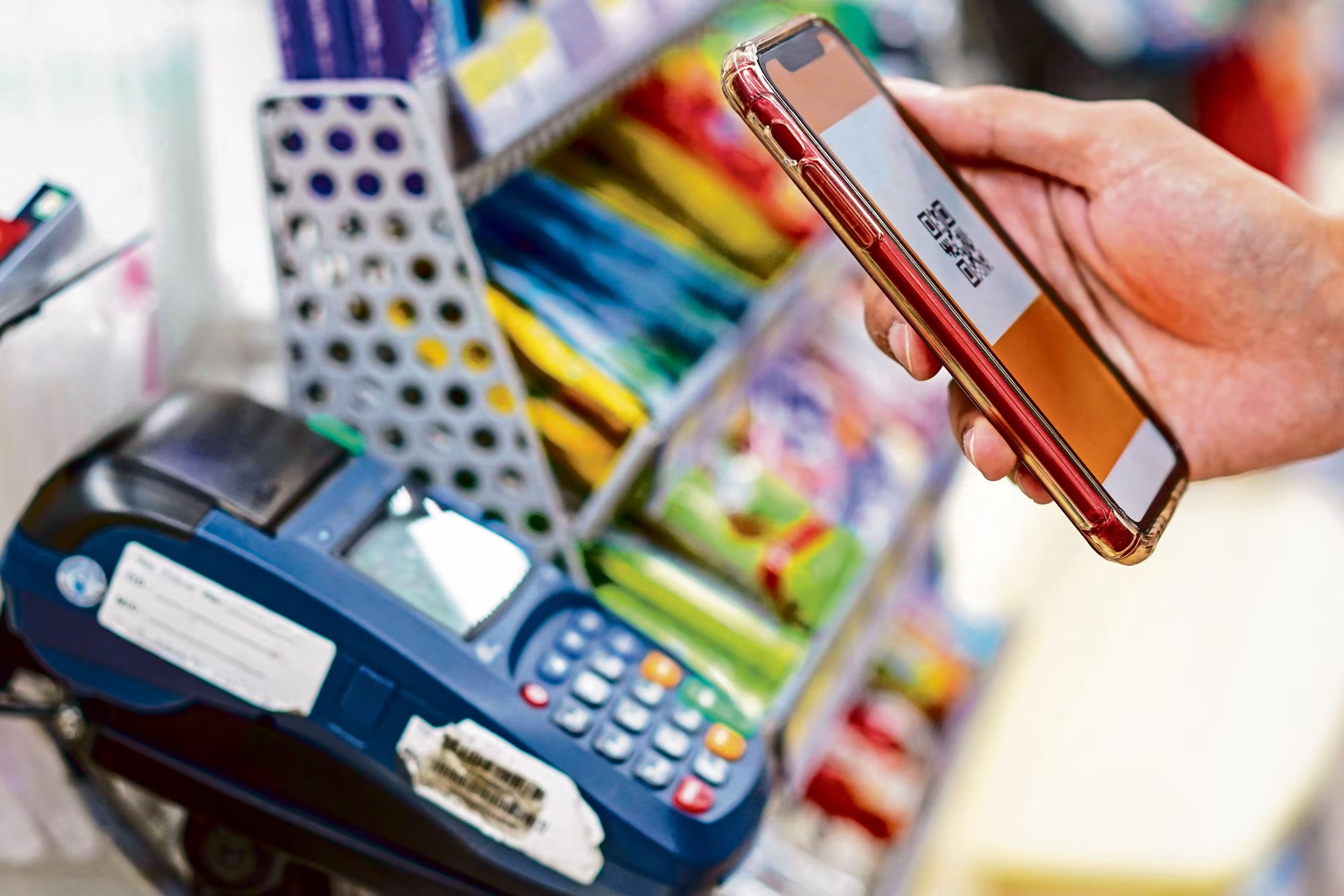
The innovation of the Unified Payments Interface (UPI), which lets one do quick and easy money transfers between banks via mobile devices, has completely changed digital payments in India and the fintech industry. With the increasing interconnectedness of the world's financial ecosystems, the United Arab Emirates is becoming a prominent user of UPI for cross-border transactions.
This blog explores UPI's benefits in the United Arab Emirates, including its ease of use, security, and lower transaction costs, while also pointing out the obstacles that consumers and businesses encounter when implementing this technology.
Let's understand first, what is UPI
A real time payment system, UPI was launched in India in 2016, which allows users to transfer money from one bank account to another in real time using a unified payment interface app. This is as the users scan a QR code within a dedicated app during the transaction. UPI does not need users to fill in their bank details for the transactions as they happen. Rather, it generates a different Virtual Payment Address (VPA) for the user.
For UPI transactions involving Dirhams (AED) and Indian Rupees (INR), exchange rate fluctuations impact the final amount received. The conversion rate at the time of the transaction determines how much INR is credited, and this rate may vary based on market conditions, banking partners, and processing fees.
Current UPI Landscape in the UAE
Dubai has always been at the cutting edge of technological and financial advancement. With UPI’s rollout, the city will build on its position to adopt fintech innovations of the world. NPCI International Payments Limited (NIPL) is the international arm of NPCI and has tied up with Mashreq Bank and Network to enable UPI transactions in the UAE.
This effort is to ensure that Indian tourists can easily make transactions when they visit the UAE where Network International has many merchants linked. More than 200,000 POS terminals across 60,000+ merchants in various sectors.
With increasing participation of financial institutions in UPI adoption, Indian consumers traveling to UAE, as well as NRI with Indian bank account, will be able to improve their payment experience by installing their preferred UPI enabled app.
Best UPI Apps in the UAE
Google Pay
Phonepe
Paytm
How to Use UPI Payments in the UAE?
Follow these steps to use UPI payments in the UAE:
Install UPI-compatible apps such as PhonePe, Google Pay, etc.
Register and set up an account with a mobile number and link it to your NRI bank account in India.
Complete the verification process using the OTP received.
Set a UPI PIN for transaction authorization. This PIN will be required every time you make a transaction.
You can use UPI apps to pay merchants by scanning a QR code, sending money to India using the recipient’s UPI ID and receiving money by sharing your QR code or UPI ID. Some banks also allow cross-border remittances from the UAE to India.
Benefits of UPI Payments for NRIs in UAE
The use of UPI payments unlocks several benefits for NRIs and businesses in UAE.
The convenience factor is the bread and butter of e-commerce businesses. Ensuring that UPI will seamlessly integrate with every app to enable hassle-free shopping would always do them well. From fashion retailers to grocery apps, everybody is lining up business applications and in-app integrations of UPI, further increasing customer satisfaction. Use of UPI is reducing the payment gateway fees significantly.
For expenses back at home, NRIs can easily set up auto-pay for their parents’ and family members’ recurring expenses. They can invest in India via UPI without constantly logging into their net banking account.
The chance of making instant and secure payments through UPI has enhanced the trust between customers and e-commerce websites. More conversions are from merchants using web development services UAE, because it has eradicated friction coming with a traditional method of payment, as it is very fast and simple.
UPI vs Traditional Payment Methods in the UAE

With the continuous need for fast and hassle-free transactions, traditional payment methods such as credit cards and cash during peak seasons are usually slow.
Therefore, UPI can provide instant-to-real-time transfer between the accounts, making checkout faster.
Tourists can use it without bothering with currency exchange or credit card surcharges. This also translates into lower transaction costs for tourists, thereby attracting them to shop.
Many now rely on mobile application development companies in Dubai to design platforms friendly to the tourist with multi-currency payment options that might include UPI. This adaptation ensures that Dubai remains the top destination for cross-border shopping and tourism.
Common Issues with UPI Payments in UAE & How to Solve it
The approximately 3.5 million NRIs in the UAE make up the largest expatriate community in the country. The progressive rollout of the digital Unified Payments Interface (UPI) system in the UAE is aimed at serving this key demographic of NRIs, as well as Indian tourists, with quick and cost-effective transactions. A complex, digitally engineered system implemented at scale of course also comes with potential hiccups from time to time. Here we’ll explore some of the key features and benefits of UPI payments in the UAE, and also some common issues one might face with them.
1. Verification failure:
You may not receive the SMS to verify the account. Ensure that you link your mobile number to the bank account and have international SMS enabled. Some banks may also allow you to link your UAE number to your NRE/NRO bank account.
2. Poor connectivity and application compatibility:
Poor network connectivity and application compatibility may disrupt transactions. Ensure your device has a good WiFi or mobile data connection and your apps are updated to the latest versions.
3. Incorrect UPI PIN
You can reset your UPI PIN through the app using the ‘Forgot PIN’ option. Make sure to remember your new PIN.
4. Acceptance at merchant locations
Since UPI payments are not yet available to all merchants in the UAE, it’s important to confirm with the merchant whether their bank network supports UPI payments.
5. Cross-border transaction issues
Cross-border payments through UPI apps in the UAE are presently limited. Verify that the participating banks support UPI. Check for any cross-border restrictions or additional fees.
Since its launch in 2022, the UPI has been at the forefront of facilitating easy and secure transactions, enhancing integration, and supporting a regulatory framework in the UAE. UPI payments in the UAE present a safe, easy, and economical way for NRIs and Indian tourists to handle financial transactions without any hassle or hidden charges.




